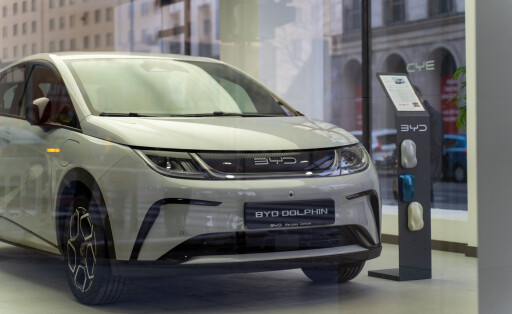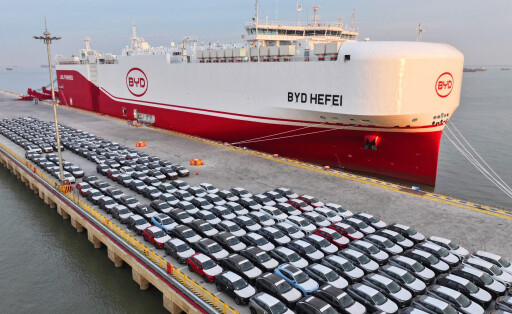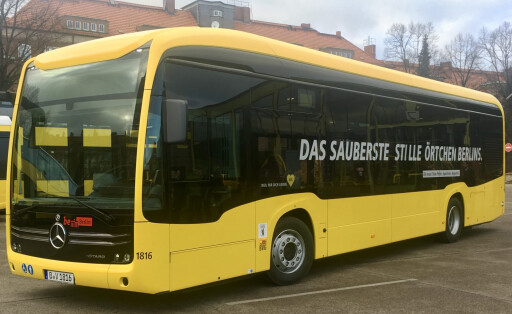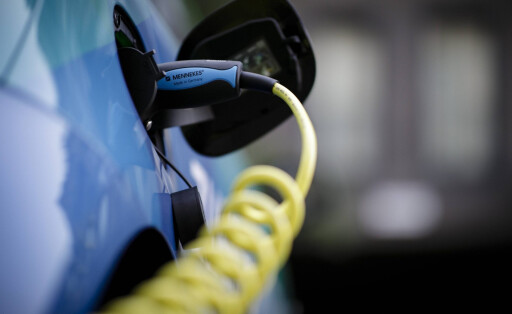
EVs: BYD overtakes Tesla in Europe.
Chinese car manufacturer BYD has overtaken EV pioneer Tesla in Europe for the first time. Other Chinese brands were also able to grow their sales significantly.
By

Chinese car manufacturer BYD has overtaken EV pioneer Tesla in Europe for the first time. Other Chinese brands were also able to grow their sales significantly.
By

Electric cars are still significantly more expensive than combustion engines. The SPD therefore wants to launch a subsidy program for low-income households. There is support from parts of the CDU/CSU.
By Carsten Hübner

Demand for fully electric luxury cars is declining in China. Porsche also feels the effects. Profits fell by 42 percent in the first quarter.
By Emily Kossak

While imports of Chinese EVs are declining, the number of Chinese hybrid cars entering the EU has increased sevenfold within a year. China has increased export volumes and lowered prices across various product categories. The figures demonstrate how complicated a joint approach between the EU and China could become.
By Marc Winkelmann

BYD founder Wang Chuanfu is an anti-Musk: While the Tesla boss likes to show off on stage and social media, Wang is a technocrat who prefers to fine-tune technical features with engineers.
By Redaktion Table

Since September, the EV manufacturer has not responded to concerns voiced by its dealerships. Now, they are protesting outside its plant in Tongxian, calling for the company to take accountability.
By Emily Kossak

The EU Commission wants to remain firm in the negotiations with Beijing on countervailing duties on electric cars. "Our concerns about Chinese overcapacity are currently becoming even more serious," it says.
By Till Hoppe

In Germany, only one in three newly registered city buses was emission-free in 2024 – far fewer than in many other European countries. This is probably due to a lack of specifications and the withdrawal of subsidies.
By Malte Kreutzfeldt

Clean energy is becoming an important pillar of the Chinese economy. Three "new" industries are primarily responsible for this.
By Emily Kossak

With a new action plan, China focuses on a sustainable, competitive battery industry. The government wants to better regulate the domestic market and dominate the foreign market more strongly.
By Emily Kossak